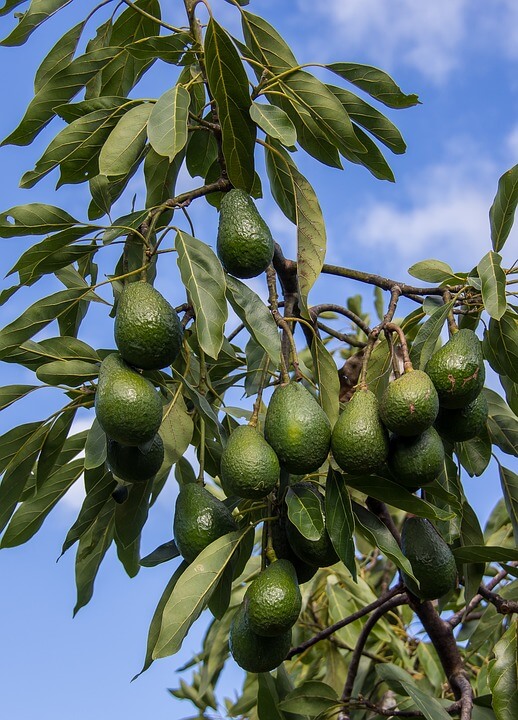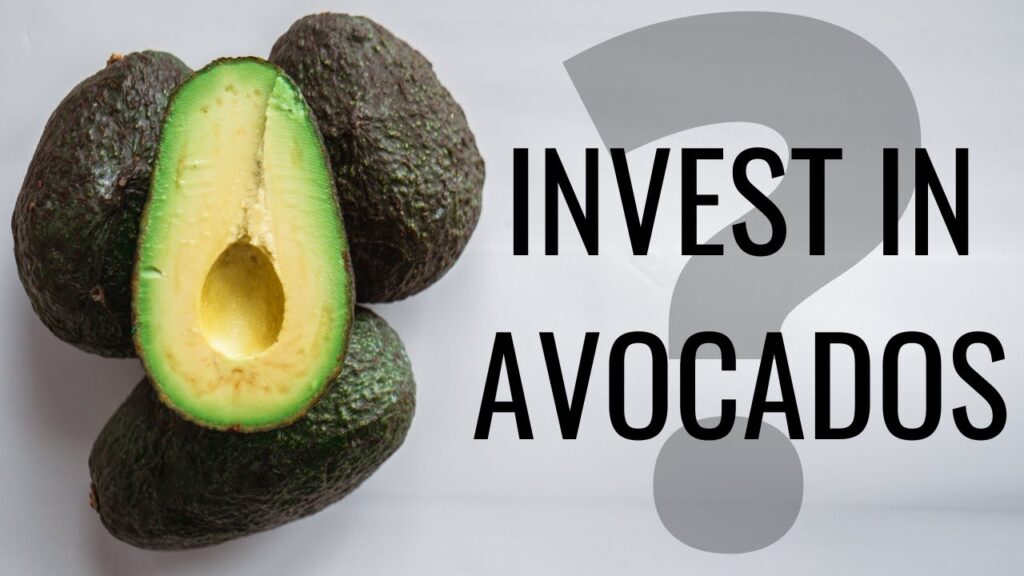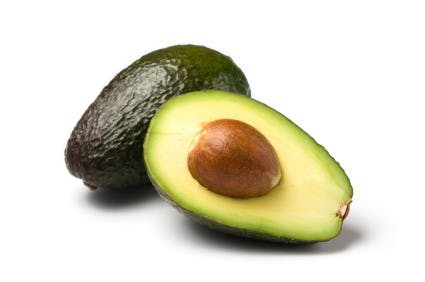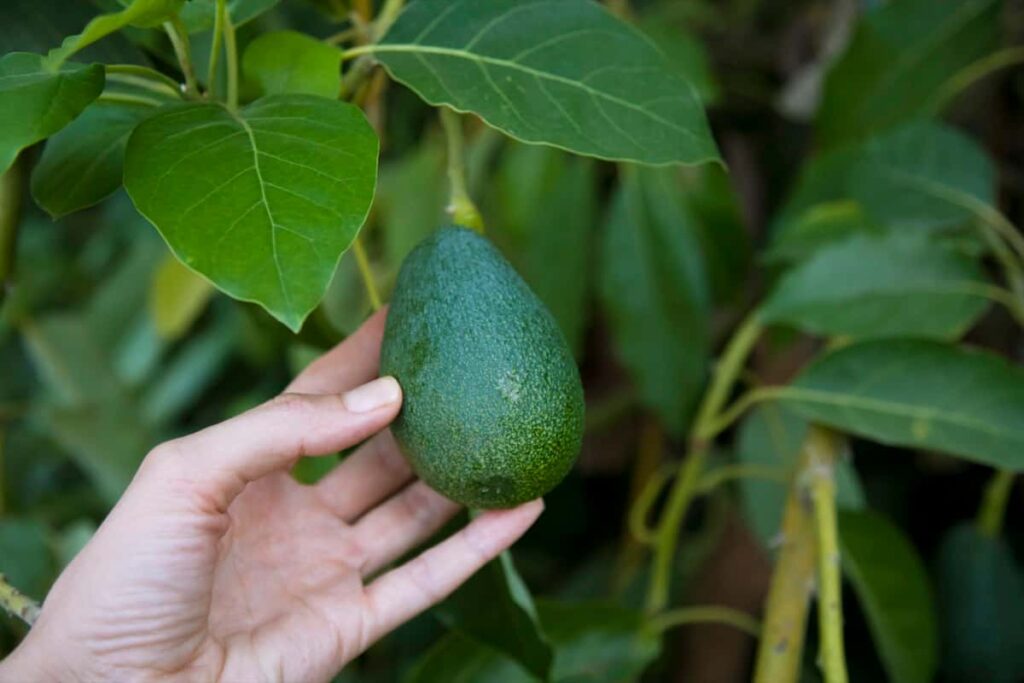Ladies and gentlemen, have you ever considered investing in the delicious world of avocados? Picture this: a luscious, green fruit, creamy in texture and enticing to the taste buds. But what if I told you that avocados can be more than just a scrumptious addition to your salads and toast? They can actually be a lucrative investment opportunity, potentially yielding fruitful returns.
In this beginner’s guide, we will delve into the art of investing in avocados, exploring the ins and outs of this unique market. From understanding supply and demand dynamics to identifying the best variety for investment, we will equip you with the knowledge and confidence to embark on your avocado investment journey. So, whether you’re a seasoned investor looking to diversify your portfolio or a curious newcomer venturing into the world of investing for the first time, grab your guacamole and get ready to learn how to make your money work for you in the fascinating realm of avocados.
A Beginner’s Guide to Investing in Avocados
Avocado, the creamy and delicious fruit native to Central and South America, has rapidly gained popularity in recent years. Not only is it a staple in many people’s diets, but it has also become a lucrative investment opportunity. This article serves as a comprehensive guide for those looking to invest in the avocado market.

This image is property of investitin.com.
1. Understanding Avocado Market
1.1 The Rise of Avocado Market
The avocado market has experienced significant growth in recent years, with a surge in demand and consumption worldwide. This rise in popularity can be attributed to various factors, including the increasing awareness of the health benefits associated with avocado consumption, changing dietary preferences, and the influence of social media platforms showcasing creative avocado dishes.
1.2 Avocado Demand and Supply
The demand for avocados continues to increase, driven by both the domestic and international markets. Avocado consumption has risen due to the fruit’s versatility, as it can be used in salads, on toast, in smoothies, and even in baking. This demand has led to challenges in meeting supply, particularly during certain seasons when avocados are not in abundant supply.

This image is property of e4njohordzs.exactdn.com.
1.3 Factors Influencing Avocado Prices
The price of avocados is influenced by various factors, including the availability of supply, the quality of the fruit, transportation costs, and market demand. Weather conditions, such as droughts or heavy rains, can also impact prices. Additionally, fluctuations in currency exchange rates and trade policies can affect avocado prices in international markets.
1.4 Avocado Varieties and their Profit Potential
Avocado varieties differ in their taste, texture, and profitability potential. Popular avocado varieties include Hass, Fuerte, and Reed. Hass avocados are widely sought after due to their rich flavor and creamy texture. Understanding the characteristics and profitability of different avocado varieties is essential when investing in the avocado market.
2. Benefits and Risks of Investing in Avocados

This image is property of i.ytimg.com.
2.1 Health Benefits of Avocado
Avocados are not only delicious but also offer numerous health benefits. They are rich in monounsaturated fats, which are beneficial for heart health. Avocados also contain high levels of fiber, vitamins, and minerals, making them a nutritious addition to a balanced diet. The growing awareness of these health benefits contributes to the increased demand for avocados.
2.2 Growing Demand and Market Potential
Investing in avocados presents a promising opportunity due to the growing demand and market potential. As more consumers discover the versatility and health benefits of avocados, the market continues to expand. Avocados have become a trendy ingredient in various cuisines worldwide, creating opportunities for investors to capitalize on the increasing demand.
2.3 Risks and Challenges in Avocado Production
Like any agricultural investment, investing in avocados carries inherent risks. Climate change, pests, disease outbreaks, and natural disasters pose threats to avocado crops. Additionally, market fluctuations and trade policies can impact the profitability of avocado investments. Understanding and managing these risks is vital for investors to mitigate potential losses.

This image is property of prod-cdn-thekrazycouponlady.imgix.net.
2.4 Seasonal Factors Affecting Avocado Profitability
The seasonal nature of avocado production can affect profitability. Avocado trees have specific flowering and fruiting seasons, leading to fluctuations in supply and prices throughout the year. Understanding these seasonal factors is crucial for investors to plan their investments and manage their financial expectations accordingly.
3. Understanding Avocado Production
3.1 Avocado Growth and Maturation Cycle
Avocado trees follow a distinct growth and maturation cycle. The tree takes several years to reach maturity and start bearing fruit. Avocado flowers are pollinated by bees and other insects, and the fruit takes several months to develop and ripen. Understanding the growth and maturation cycle is essential for effectively managing avocado plantations and optimizing yields.

This image is property of www.asiafarming.com.
3.2 Climate and Soil Requirements for Avocado Farming
Avocado trees thrive in specific climate and soil conditions. They require a subtropical or Mediterranean climate, with moderate temperatures and well-drained soil. Frost and extreme heat can damage avocado trees, affecting fruit production. Investing in regions with suitable climate and soil conditions is crucial for successful avocado farming.
3.3 Avocado Farming Methods: Traditional vs. Modern
Avocado farming can be done using traditional or modern methods. Traditional methods involve hand planting, tending, and harvesting, requiring significant labor inputs. Modern methods incorporate advanced technologies, such as drip irrigation, precision farming, and mechanization, to improve productivity and reduce labor costs. Investing in modern avocado farming methods can increase operational efficiency and profitability.
3.4 Avocado Planting and Harvesting Techniques
Planting and harvesting techniques play a vital role in avocado production. Proper spacing, irrigation, and fertilization are crucial for healthy tree growth and optimal fruit development. Harvesting avocados at the right stage of ripeness and handling them carefully to prevent damage is essential for maintaining fruit quality. Understanding these techniques is essential for successful avocado farming investments.
4. Types of Avocado Investments
4.1 Investing in Avocado Farms
Investing in avocado farms involves acquiring land and establishing avocado orchards. This type of investment requires significant capital and long-term commitment. It offers investors the opportunity to control the entire production process, from planting to harvesting, allowing for potential higher returns.
4.2 Investing in Avocado Plantations
Investing in avocado plantations entails partnering with existing avocado farmers or agricultural companies. This type of investment allows investors to benefit from established infrastructure and expertise in avocado farming. Joint ventures or profit-sharing agreements are common approaches for investing in avocado plantations.
4.3 Investing in Avocado Processing and Distribution
Investing in avocado processing and distribution involves establishing or acquiring facilities for sorting, grading, packaging, and distributing avocados. This type of investment focuses on the post-harvest stages of avocado production and takes advantage of the increasing demand for processed and packaged avocados.
4.4 Investing in Avocado Futures and Options
For investors interested in financial markets, avocado futures and options trading provide opportunities to speculate on avocado price movements. Futures contracts allow investors to buy or sell avocados at a predetermined price and date, while options provide the right, but not the obligation, to trade avocados. These investment options require a thorough understanding of commodity markets and associated risks.
5. Preparing for Avocado Investment
5.1 Assessing Personal Financial Goals and Risk Tolerance
Before investing in avocados, it is crucial to assess personal financial goals and risk tolerance. Determine your investment horizon, desired returns, and ability to withstand potential losses. This evaluation will guide you in choosing the most suitable avocado investment strategy and managing your investments effectively.
5.2 Conducting Market Research and Analysis
Thorough market research and analysis are essential when investing in avocados. Understand the current trends, demand, and supply dynamics, as well as the existing competition. Analyze historical price data and market forecasts to make informed investment decisions. Staying up-to-date with industry news and developments will help you stay ahead in the avocado market.
5.3 Building a Knowledgeable Team – Consultants, Agronomists, etc.
Investing in avocados often requires expertise in various disciplines. Build a knowledgeable team that can provide guidance and support throughout the investment process. Consultants, agronomists, farm managers, and financial advisors can offer valuable insights and assist in making informed investment decisions.
5.4 Developing a Business Plan and Financial Projections
A well-developed business plan is crucial for successful avocado investments. Outline your investment objectives, strategies, and financial projections. Consider factors such as initial capital investment, operational costs, expected returns, and potential risks. Regularly review and update your business plan to adapt to changing market conditions.
This is only the first half of the comprehensive article. To continue reading, please refer to “A Beginner’s Guide to Investing in Avocados – Part 2.”











